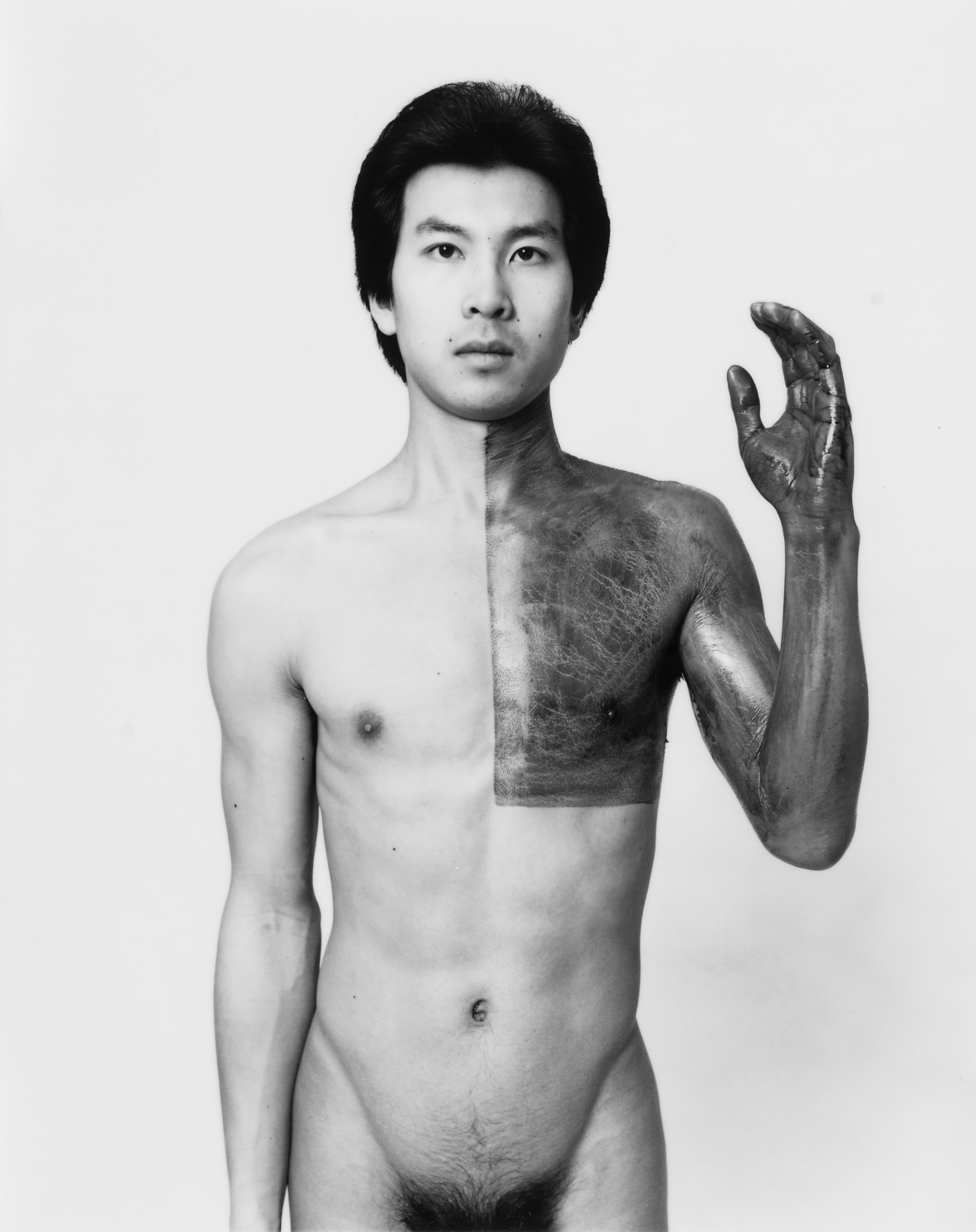March 17 – April 28, 2012
Curators: Jayne Wark (Halifax), Catherine Crowston (the Prairies + the Arctic) and Grant Arnold (Vancouver)
Organized and circulated by the Art Gallery of Alberta, the Justina M. Barnicke Gallery (University of Toronto), and the Vancouver Art Gallery in partnership with the Leonard & Bina Ellen Art Gallery (Concordia University) and Halifax, INK.
Part 2
Halifax / Winnipeg / Calgary / Edmonton / The Arctic / Vancouver
Exhibition Opening
Friday March 16, 5:30 – 7:30
Organized by a group of prominent Canadian and Québécois curators, Traffic: Conceptual Art in Canada 1965-1980 is an ambitious travelling exhibition. It is an attempt to circumscribe the various ways conceptual art – an approach to art making that questioned the economy of the object – manifested itself in Canada in the 1960s and 70s. It is also an opportunity to better understand how conceptual practices in Canada were part of an international movement. Focusing on conceptual art practices in Montreal and Toronto, Traffic, Part 1, was visited by thousands of gallery-goers and enthusiastically received by the media. Le Devoir described Traffic as “necessary” while Voir called it nothing less than a “major achievement.” The Ellen Gallery now presents the equally anticipated Traffic, Part 2, highlighting conceptual art practices in Halifax, Winnipeg, Calgary, Edmonton, the Arctic, and Vancouver. Traffic will then travel to the Vancouver Art Gallery in 2012 and complete its tour at the Badischer Kunstverein in Germany, in 2013.
Between 1969 and 1980, the Nova Scotia College of Art and Design (NSCAD) in Halifax was known as a conceptual art hothouse—David Askevold, Gerald Ferguson, Dan Graham, Garry Neill Kennedy. Though remote from the art world’s main centers, the confluence of its courses, faculty, students, and visiting artists made NSCAD a site of intensive research and a major contributor to international discourse on conceptual art as a mode of inquiry.
In 1969, the Edmonton Art Gallery presented Place and Process, a major exhibition dedicated to non-material, process-based art, and featuring such international conceptual artists as Hans Haacke, Robert Morris, and Dennis Oppenheim. In tandem with this exhibition, Lucy Lippard, NETCO, and Lawrence Weiner flew to Inuvik to create works in the Arctic, using methodologies linked to geography, mapping, and communication.
Read moreIn the early 1970s, the University of Calgary and the Alberta College of Art in Calgary began hiring young American and British artists such as Clive Robertson and Paul Woodrow who embraced the ideas and values of a growing counterculture. In Winnipeg, new groups and organizations formed around interests in emerging media, experimentation, and exchange, with such artists as Max Dean, Gordon Lebredt, Jeff Funnell investigating the possibilities of conceptualism.
From the late 1960s on, conceptual art in Vancouver operated between two poles. Artists like Michael de Courcy, Roy Kiyooka, and Michael Morris and Vincent Trasov, developed approaches that sought to break down the boundaries between art and life. These artists tended to avoid the traditional preciousness of the art object by producing multiples. Christos Dikeakos, Robert Kleyn, and Ian Wallace also subscribed to this perspective through art-making strategies that addressed systems of capitalism as manifested in urban space.
CloseProduced with the assistance of the Museums Assistance Program of the Department of Canadian Heritage and the Canada Council for the Arts.








